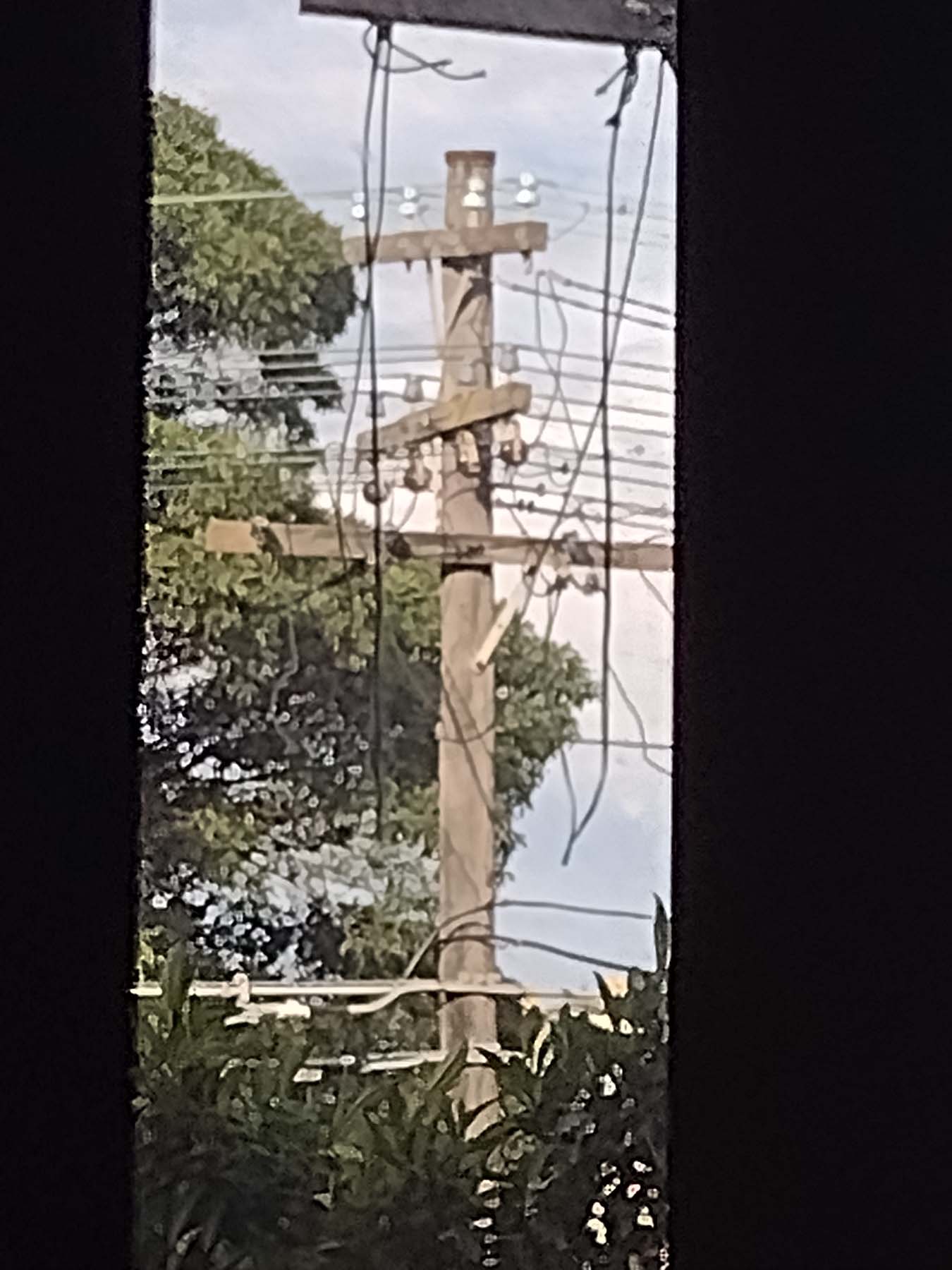Optus Mobile Review ALDI Mobile Review Amaysim Mobile Review Belong Mobile Review Circles.Life Review Vodafone Mobile Review Woolworths Mobile Review Felix Mobile Review Best iPhone Plans Best Family Mobile Plans Best Budget Smartphones Best Prepaid Plans Best SIM-Only Plans Best Plans For Kids And Teens Best Cheap Mobile Plans Telstra vs Optus Mobile Optus NBN Review Belong NBN Review Vodafone NBN Review Superloop NBN Review Aussie BB NBN Review iiNet NBN Review MyRepublic NBN Review TPG NBN Review Best NBN Satellite Plans Best NBN Alternatives Best NBN Providers Best Home Wireless Plans What is a Good NBN Speed? Test NBN Speed How to speed up your internet Optus vs Telstra Broadband ExpressVPN Review CyberGhost VPN Review NordVPN Review PureVPN Review Norton Secure VPN Review IPVanish VPN Review Windscribe VPN Review Hotspot Shield VPN Review Best cheap VPN services Best VPN for streaming Best VPNs for gaming What is a VPN? VPNs for ad-blocking Most impressive is the fantastic battery life and it’s great to see a USB-C port for charging. Speaking of ports, the 3.5mm headphone jack is there for those want that audio option, which is good because the single speaker is on the tinny side. Alternatively, the Moto G10 has Bluetooth 5.0 for those favouring a wireless audio upgrade. The big screen might not have the best resolution but the extra screen real estate makes it a great fit for big mitts and you’ll appreciate it when watching videos. Fingerprint and face login, MicroSD expansion, the latest Android version, actually useful Motorola software and camera versatility (even if the photographic results aren’t the best) also help round out the features of an affordable smartphone whose main hitch is the noticeable lag care of the budget processor. The ripple design on the back is a nice touch to the plastic case that feels closer to functional than cheap. Despite the extended screen real estate, the Moto G10 doesn’t feel overly cumbersome and still slides neatly inside the average pocket. The 6.5-inch IPS LCD display has an expected base 60Hz refresh rate alongside a 720x1800 screen resolution. While that resolution isn’t the best and feels more noticeable on the larger screen (particularly in side-by-side comparisons with other handsets), it gets the job done for the pricepoint and is still very useable for everyday smartphone-ing as well as video streaming. Depending on which handset you’re used to, you may also dislike that the power button is beneath the volume controls. That one above the volumes that I kept initially pressing by accident is a dedicated Google Assistant button. Expect to get a couple of days out of this for standard use and even a full day when you throw in a healthy smattering of video streaming alongside an unhealthy amount of screen time. For those who use smartphones reactively, the Moto G10’s battery longevity is so great that older phone users will be reminded of the glory days of the Nokia 3310 when the only time you thought about reaching for the charger was when the battery hit single digits. Speaking of charging, despite the on-screen text that says the Moto G10 is “charging rapidly”, the realities of a 10W charger and hefty battery capacity run contrary to this claim. Basically, you’re looking at around three hours to go from zero juice to fully charged. Still, you can activate a neat battery-preservation feature for optimised charging, which charges to 80% battery life then does the final 20% closer to when it anticipates you’ll unplug (but it has to get used to your charging habits first). In practical terms, get used to a slight delay for most tasks from logging in to multitasking and sometimes even on text input. The fingerprint scanner on the back of the phone works really well for logging you in, but the vibration indicating it’s detected your fingerprint alongside the input vibration for typing both emphasise the slight delay between input and things happening on screen. During my tests, there were times when the delays were longer, most notably when waking the phone up after not using it for hours, where I’d occasionally get a message telling me the phone is starting. After a few seconds, it was back to the usual slight delay. Realistically, you shouldn’t expect to play demanding games on the Moto G10 but, as long as you don’t mind the slight delay when opening or shifting between apps, this budget handset does an admirable job of handling everyday tasks. It’s powered by Android 11 with not much in the way of custom tweaks, outside of a helpful preinstalled Moto app that talks you through the practical parts of Android 11 and lets you personalise it. There’s also some simple gesture commands that you can enable or disable for user-friendly features that let you quickly access the camera, torch, screenshots or unlocking the phone with the camera. This last one didn’t work for me, possibly because it doesn’t like beards, because it kept telling me the image was blurry when it looked fine on the screen. That’s not too much of an issue if you’re used to or prefer logging in with a passcode or fingerprint. Video playback has decent results on the display, particularly in areas that aren’t super bright, but you definitely want to connect headphones because the single speaker, while functional, produces sound that hits an okay-but-tinny volume. One unique feature I wasn’t expecting was an inbuilt call recorder which, if you’re wondering how that’s handled considering the legality of call recording in certain states, has an automated voice loudly announcing that the call is being recorded as soon as you tap the button. In my comparisons for daylight photography between the Motorola Moto G10 and (admittedly, way more expensive) Google Pixel 5, it was easy to see the difference in detail. On a basic level, the Pixel 5 had more of just that—detail—while the Moto G10 tended to oversaturate shots and lose detail particularly in well-lit sections. It also prompted me to activate night mode in a well-lit (not fully lit, mind you) room during the day. The selfie camera had similar issues in my comparisons, too. You can use up to eight-times zoom, but you’ll want one hell of a steady grip to pull those off. While smartphone zoom to this degree isn’t entirely practical on the best of days, my best handheld results looked like the washed-out results of a smartphone from yesteryear spliced with a pastel Instagram-like filter. In short, zoomed pics on the Moto G10 don’t look great unless you’re trying to replicate something akin to the famous bigfoot photo.










